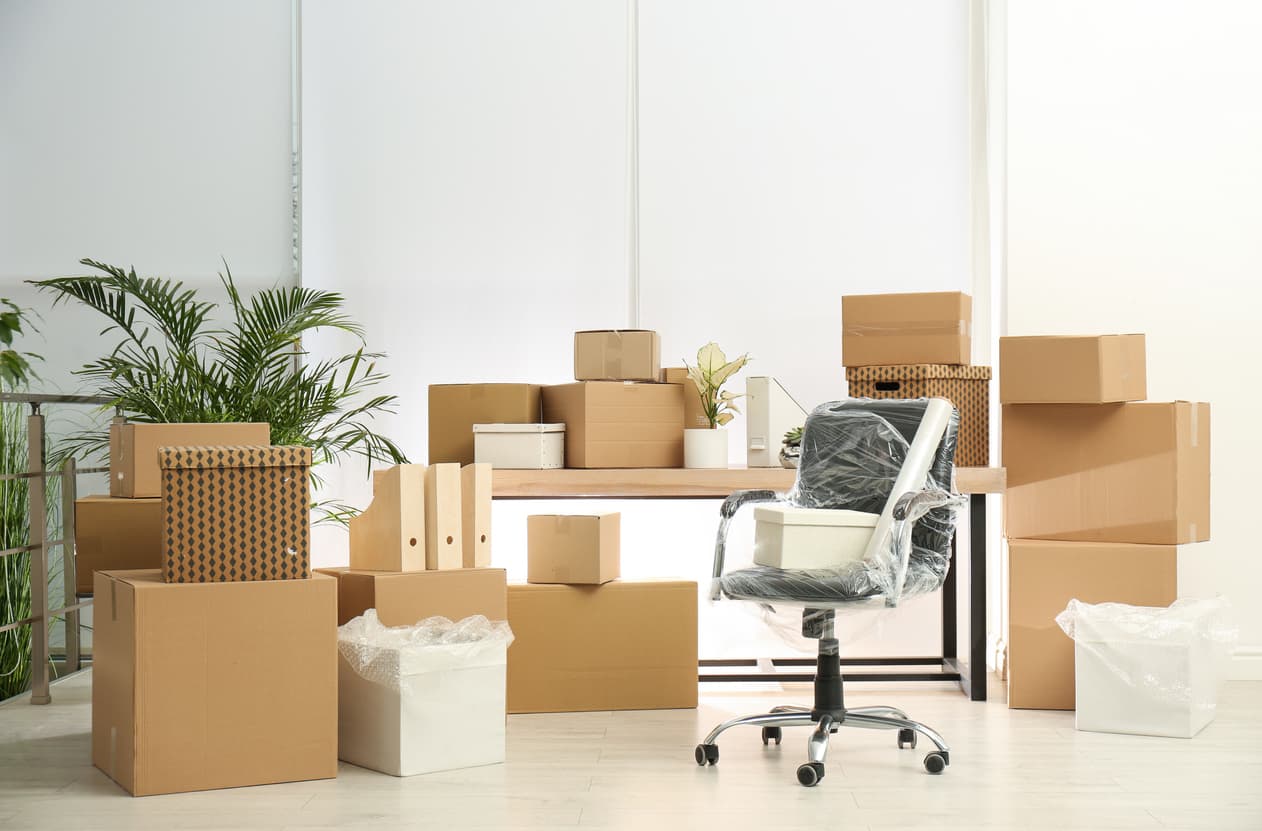

Articles
How To Store Furniture In Storage
Modified: February 22, 2024
Learn the best techniques for storing furniture in storage units with our informative articles. Find expert tips and advice to keep your furniture safe and in great condition.
(Many of the links in this article redirect to a specific reviewed product. Your purchase of these products through affiliate links helps to generate commission for Storables.com, at no extra cost. Learn more)
Introduction
When it comes to storing furniture, whether you’re downsizing, moving, or simply need some extra space, it’s important to do it right to ensure the longevity and condition of your beloved possessions. Furniture is often a significant investment, and proper storage techniques can help protect it from damage, deterioration, and pests. In this article, we will guide you through the process of storing furniture in a way that keeps it safe, organized, and ready for future use.
Finding the right storage facility is crucial to the success of your furniture storage endeavor. Look for a facility that offers clean, climate-controlled units, as extreme temperatures or humidity can cause damage to your furniture. Additionally, security should be a top priority, so choose a facility with proper surveillance and access control measures.
Once you’ve found the perfect storage facility, it’s time to prepare your furniture for storage. Start by thoroughly cleaning each piece to remove any dirt, dust, or debris that could potentially cause damage or attract pests. Use a brush or a vacuum cleaner with a soft brush attachment to clean the upholstery, and wipe down wooden furniture with a gentle cleanser.
Next, you’ll want to disassemble and wrap your furniture to ensure its protection during storage. Start by taking apart any pieces that can be easily disassembled. Remove legs, shelves, or any other removable parts, and keep them together in clearly labeled bags or boxes. This will not only save space but also reduce the risk of damage during transit.
Wrap each piece of furniture individually using appropriate materials such as bubble wrap, furniture blankets, or moving pads. If you have wooden furniture, consider applying a coat of furniture wax or polish before wrapping to add an extra layer of protection. Secure the wrapping with tape or plastic wrap to prevent it from coming loose during storage.
Choosing the right storage containers is another important aspect of furniture storage. Opt for sturdy plastic containers that are resistant to moisture and pests. Avoid cardboard boxes, as they can easily attract insects and may not provide adequate protection against moisture. Label each container clearly with the contents to make it easier to find specific items when needed.
Key Takeaways:
- Properly preparing and storing furniture is essential for preserving its condition. Find a secure, climate-controlled storage facility, clean and wrap furniture, and choose sturdy containers for long-term protection.
- Disassembling, wrapping, and stacking furniture in storage maximizes space and minimizes damage. Protect against moisture, regularly inspect, and document your belongings for peace of mind and easy retrieval.
Read more: How To Store Furniture
Finding the Right Storage Facility
When it comes to storing furniture, finding the right storage facility is crucial. Here are some key factors to consider when choosing a storage facility:
- Location: Look for a storage facility that is conveniently located near your home or place of work. This will make it easier for you to access your furniture whenever needed.
- Security: Ensure that the storage facility has adequate security measures in place. Look for features such as surveillance cameras, 24/7 security personnel, and secure access control.
- Cleanliness: Check if the storage facility is clean and well-maintained. A clean facility reduces the risk of pests and other damage to your furniture.
- Climate control: If you are storing furniture that is sensitive to temperature and humidity changes, opt for a storage facility with climate control. This will help to protect your furniture from moisture, mold, and other weather-related damages.
- Size options: Assess your furniture storage needs and choose a facility that offers a variety of storage unit sizes. This will allow you to select a unit that best fits your furniture and maximizes the use of space.
- Insurance options: Look into the insurance options provided by the storage facility. While they may offer basic coverage, it’s always a good idea to consider additional insurance coverage for your valuable furniture.
Research and compare different storage facilities in your area to find the one that meets all your requirements. Take time to read reviews and even visit the facility in person to get a sense of its cleanliness, security measures, and overall condition. Additionally, consider reaching out to friends or family for recommendations if they have used storage facilities in the past.
Once you have found the right storage facility, be sure to ask about their rental policies, including any fees, access hours, and contract duration. Take note of all the details and ensure that you are comfortable with their terms before signing any agreements.
By finding the right storage facility, you can have peace of mind knowing that your furniture will be kept in a secure, clean, and convenient location until you are ready to retrieve it.
Preparing Your Furniture for Storage
Properly preparing your furniture for storage is crucial to ensure its longevity and condition. By following these steps, you can minimize the risk of damage and keep your furniture in great shape:
- Clean Thoroughly: Start by cleaning each piece of furniture thoroughly. Dust, dirt, and debris can cause damage over time, so use a soft brush attachment or a vacuum cleaner to remove any loose particles. For wooden furniture, wipe it down with a gentle cleanser.
- Disassemble if Possible: If your furniture can be easily disassembled, it’s a good idea to take it apart before storing. Remove any removable parts, such as legs, shelves, or cushions. Keep all the pieces together in clearly labeled bags or boxes.
- Wrap with Protective Materials: Wrap each piece of furniture individually to protect them from scratches, dust, and moisture. Use appropriate materials such as bubble wrap, furniture blankets, or moving pads. For wooden furniture, consider applying a coat of furniture wax or polish before wrapping.
- Secure the Wrapping: Once wrapped, secure the protective material with tape or plastic wrap. Make sure it is tightly secured to prevent it from coming loose during storage.
- Dismantle Large Furniture: For large furniture pieces like beds, dining tables, or cabinets, consider disassembling them as much as possible. This will not only save space but also reduce the risk of damage during transportation and storage.
- Protect Glass Surfaces: If your furniture has glass surfaces, such as tabletops or mirrors, take extra precautions to protect them. Cover them with cardboard or use special glass protectors to prevent breakage or damage.
- Take Care of Upholstered Furniture: For upholstered furniture, remove any loose cushions and pack them separately. Vacuum the upholstery to remove any dust or crumbs. Consider using a fabric freshener to keep it smelling fresh while in storage.
- Store Fragile Items Separately: If you have fragile items like vases or figurines, pack them carefully in bubble wrap and store them separately from your furniture. Place them in sturdy boxes and label them as fragile.
- Use Essential Oils or Mothballs: To protect your furniture from pests, consider using natural deterrents like essential oils (cedar, lavender, or citrus) or mothballs. Place them strategically in the storage unit to ward off insects and ensure your furniture stays pest-free.
By taking the time to properly prepare your furniture for storage, you can minimize the risk of damage and keep your furniture in excellent condition for years to come.
Disassembling and Wrapping Furniture
Disassembling and wrapping your furniture before storing it is crucial to protect it from damage and make the most efficient use of your storage space. Follow these steps to disassemble and wrap your furniture properly:
- Refer to Instruction Manuals: If your furniture came with assembly instructions, refer to them to disassemble the pieces correctly. This will make reassembly easier when you retrieve your furniture from storage.
- Gather Necessary Tools: Before disassembling your furniture, gather the necessary tools, such as screwdrivers, wrenches, or Allen keys. Having the right tools on hand will make the process smoother and prevent any damage to the furniture.
- Remove Removable Parts: Identify any removable parts of your furniture, such as legs, shelves, or cushions. Carefully remove these parts and set them aside. Keep all the hardware and small components together in a labeled bag or container.
- Protect Fragile Parts: For delicate or fragile parts, like glass tabletops or intricate details, use bubble wrap or packing paper to cushion and protect them. Secure the wrapping with tape to keep it in place.
- Wrap Individual Pieces: After disassembling the furniture, wrap each individual piece with appropriate materials. Use furniture blankets, moving pads, or bubble wrap to provide a protective layer. Secure the wrapping with tape or plastic wrap to prevent it from coming loose.
- Label and Keep Hardware Together: As you disassemble your furniture, label each wrapped piece and keep the corresponding hardware together. Use clear and descriptive labels to make it easier to reassemble the furniture later on.
- Take Photos: Before disassembling complex furniture, take photos from different angles. These photos will serve as a visual reference when you are ready to put the furniture back together.
- Organize and Store: Once all the furniture pieces are properly wrapped, organize them in your storage unit. Stack them carefully to maximize the use of space. Place larger and heavier items at the bottom and lighter items on top.
- Make an Inventory: Create an inventory list of all the furniture pieces you have stored and their corresponding hardware. This will help you keep track of your belongings and ensure you have everything when it’s time to retrieve them.
By disassembling and wrapping your furniture, you can protect it from damage during storage and make the process of retrieving and reassembling it much easier. Remember to store the hardware and assembly instructions in a safe place so you can access them when needed.
When storing furniture in a storage unit, disassemble any pieces that you can to save space and wrap them in protective materials to prevent damage. Make sure to leave space for air circulation to avoid mold and mildew.
Choosing the Right Storage Containers
Choosing the right storage containers is essential for protecting your furniture and maximizing the use of space in your storage unit. Here are some factors to consider when selecting storage containers:
- Material: Opt for storage containers made of sturdy and durable materials. Plastic containers are a popular choice as they are resistant to moisture, pests, and potential damage from dropping or bumping.
- Size: Consider the size of your furniture and choose storage containers that can accommodate the pieces without cramming or leaving too much empty space. It’s better to have containers that are slightly larger than your furniture to allow for proper cushioning and organization.
- Lid Type: Look for storage containers with secure and tight-fitting lids to protect your furniture from dust, moisture, and pests. Some containers may have snap-on lids, while others may have hinged or sliding lids. Choose the type of lid that you find most convenient and secure.
- Stackability: Ensure that the storage containers are designed to be stackable. This will help to maximize vertical space in your storage unit and make it easier to access items when needed. Look for containers with flat tops and bottoms for stable stacking.
- Transparency: Consider storage containers with transparent or semi-transparent sides to easily identify the contents without having to open each container. This will save you time and effort when searching for specific furniture items.
- Labeling Options: Look for containers with built-in label holders or areas where you can affix labels. This will allow you to clearly label each container with its contents, making it easier to locate specific furniture items when you need them.
- Handle and Wheel Options: For large or heavy furniture, choose containers with sturdy handles or wheels to make transportation and maneuvering easier. This is particularly beneficial if you need to move the containers within the storage unit or during the retrieval process.
- Quantity: Estimate the number of storage containers you will need based on the amount of furniture you have. It’s better to have more containers than less to ensure that you can properly organize and protect your furniture.
Before purchasing storage containers, measure your furniture dimensions and take note of any irregular shapes or protruding parts. This will help you select containers that can accommodate your furniture properly. Additionally, it’s advisable to invest in high-quality containers to ensure the long-term protection of your furniture.
Remember to pack your furniture strategically in the storage containers, utilizing proper wrapping material and padding to prevent shifting and damage during transportation and storage. By choosing the right storage containers, you can keep your furniture safe, organized, and easily accessible whenever you need it.
Read more: How To Store Antique Furniture
Properly Stacking Furniture in Storage
Properly stacking your furniture in storage is crucial to maximize space, ensure stability, and protect your furniture from damage. Here are some tips for stacking your furniture effectively:
- Start with a Stable Base: Begin by creating a stable base for your stack of furniture. Place larger and heavier items at the bottom to provide a solid foundation.
- Disassemble if Possible: Whenever feasible, disassemble furniture to reduce its size and make it easier to stack. This is particularly important for large pieces like beds, tables, or cabinets. Keep all the disassembled parts together and label them for easy reassembly in the future.
- Use Protective Padding: Place furniture blankets, moving pads, or old rugs between stacked pieces to provide cushioning and prevent scratching or rubbing. This is especially important for items with delicate surfaces or finishes.
- Fill Empty Spaces: Fill any empty spaces between furniture pieces with smaller items or soft items like cushions or pillows. This will help prevent items from shifting during storage.
- Distribute Weight Evenly: Distribute the weight evenly when stacking furniture to maintain stability. Avoid placing all the heavy items on one side, as this can cause the stack to become unbalanced and potentially topple over.
- Stack Lighter Items on Top: Place lighter and more fragile items on top of the stack to avoid crushing or damaging them. This will also make it easier to access these items when needed without having to move heavy pieces.
- Use Lifting Equipment if Required: If you have extremely heavy items or tall stacks, consider using lifting equipment or dollies to safely move and stack furniture. This will help prevent injuries and ensure that the stacking process is done correctly.
- Avoid Overloading: Be cautious not to overload the stack of furniture beyond its capacity. This can lead to instability, damage, or even collapse. Follow weight limits provided by the storage facility and use your judgment when stacking.
- Create Walkways: Leave adequate space between stacks of furniture to create walkways or aisles. This will allow you to navigate the storage unit easily and access specific items without having to move everything around.
- Secure with Straps or Rope: If desired or required, use straps or ropes to secure the stacked furniture together. This can provide additional stability and prevent any shifting or movement during transportation or storage.
Remember to take precautions when stacking and unstacking furniture to prevent injuries. Use proper lifting techniques, seek assistance if needed, and always prioritize your safety.
By properly stacking your furniture in storage, you can make the most efficient use of space and ensure that your furniture remains safe, organized, and easily accessible whenever you need it.
Additional Tips for Furniture Storage
When it comes to storing furniture, there are some additional tips and considerations that can help ensure the long-term preservation and condition of your belongings. Here are some extra tips for furniture storage:
- Protect Against Moisture: Moisture can cause damage to your furniture, so consider using moisture-absorbing products like silica gel packets or dehumidifiers in your storage unit. Additionally, avoid placing your furniture directly on the floor to prevent potential moisture seepage.
- Regularly Inspect: Periodically check on your stored furniture to ensure everything is in good condition. Look out for any signs of pest infestation, moisture damage, or structural issues. Catching any problems early on can save your furniture from further damage.
- Avoid Plastic Covers: While it may seem intuitive to cover your furniture with plastic to protect it, it can actually trap moisture and cause condensation. Instead, opt for breathable materials like furniture blankets or moving pads to provide protection without the risk of moisture buildup.
- Maintain Climate-Controlled Storage: If you have valuable or delicate furniture items, consider renting a climate-controlled storage unit. Controlling temperature and humidity levels can help prevent warping, cracking, or other damages caused by extreme weather conditions.
- Document and Insure: Take photos or create an inventory list of your furniture before placing it in storage. This documentation can be helpful for insurance purposes in case of any unforeseen events. Additionally, consider insuring your furniture to provide financial protection against potential damage or loss.
- Don’t Store Hazardous Materials: Avoid storing any hazardous materials, flammable items, or perishables with your furniture. These items can pose a risk to both your furniture and the storage facility.
- Store Similar Items Together: Keep similar furniture items together in the storage unit for easier organization and retrieval. This way, you can find specific pieces more quickly when you need them.
- Seasonal Maintenance: If you plan on storing outdoor furniture or seasonal items, perform basic maintenance before storing them. Clean and dry outdoor furniture thoroughly, and ensure that any fabric or cushions are completely dry to prevent mold or mildew growth.
- Mindful Handling: When moving or handling furniture for storage, take care to lift and carry items properly to avoid damage. Use furniture sliders or ask for assistance when necessary to prevent strain or accidents.
- Update Contact Information: Ensure that the storage facility has your up-to-date contact information in case they need to reach you. This will streamline communication and facilitate any necessary updates or inquiries.
By applying these additional tips, you can maintain the quality and longevity of your furniture during the storage period. Remember to consider the specific needs and characteristics of your furniture to ensure the best storage practices.
Conclusion
Storing furniture requires careful planning and execution to ensure the safety, organization, and condition of your cherished belongings. By following the steps and tips outlined in this article, you can confidently store your furniture and have peace of mind that it will be preserved for future use.
Start by finding the right storage facility that offers clean, secure, and climate-controlled units. Prepare your furniture by thoroughly cleaning each piece and disassembling if possible. Wrap the furniture with protective materials and choose sturdy and appropriately sized storage containers. Properly stack the furniture in the storage unit, ensuring stability and even weight distribution.
Additional tips, such as protecting against moisture, regular inspections, and climate control, can further enhance the storage process. Documenting and insuring your furniture, avoiding hazardous materials, and mindful handling are also important considerations.
When the time comes to retrieve your furniture from storage, make sure to follow the reverse process effectively. Reassemble the furniture, unwrap it carefully, and clean it before bringing it back into your living space.
By investing time and effort into proper furniture storage, you can safeguard your valuable pieces, maintain their condition, and ensure they are ready for use or display whenever you need them. Whether it’s for a short-term or long-term storage solution, these guidelines will help you navigate the process with ease and confidence.
Remember, when it comes to furniture storage, attention to detail and preparation are key. By following the steps and tips provided, you can ensure that your furniture remains in excellent condition, ready to be enjoyed for many years to come.
Frequently Asked Questions about How To Store Furniture In Storage
Was this page helpful?
At Storables.com, we guarantee accurate and reliable information. Our content, validated by Expert Board Contributors, is crafted following stringent Editorial Policies. We're committed to providing you with well-researched, expert-backed insights for all your informational needs.
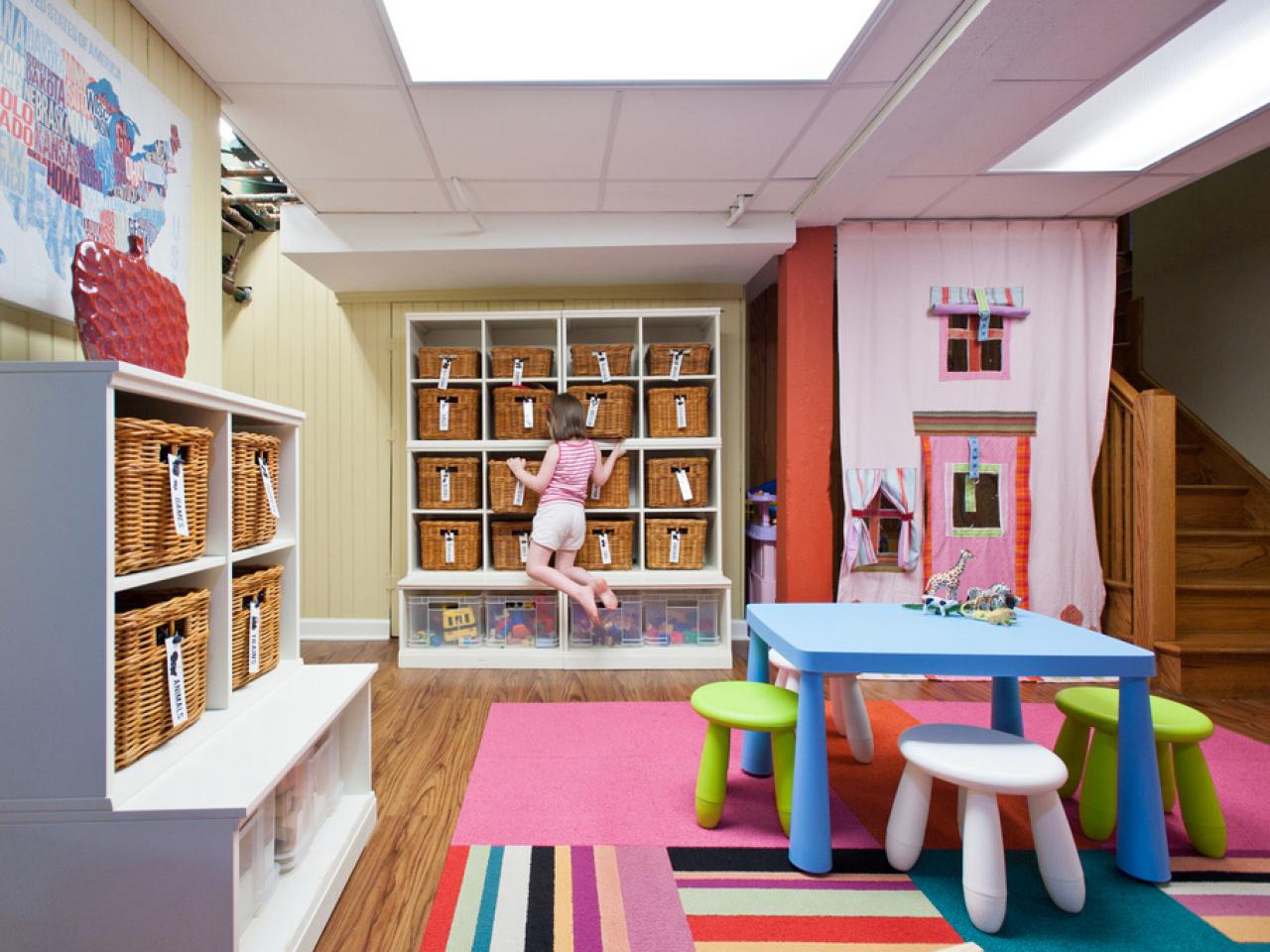
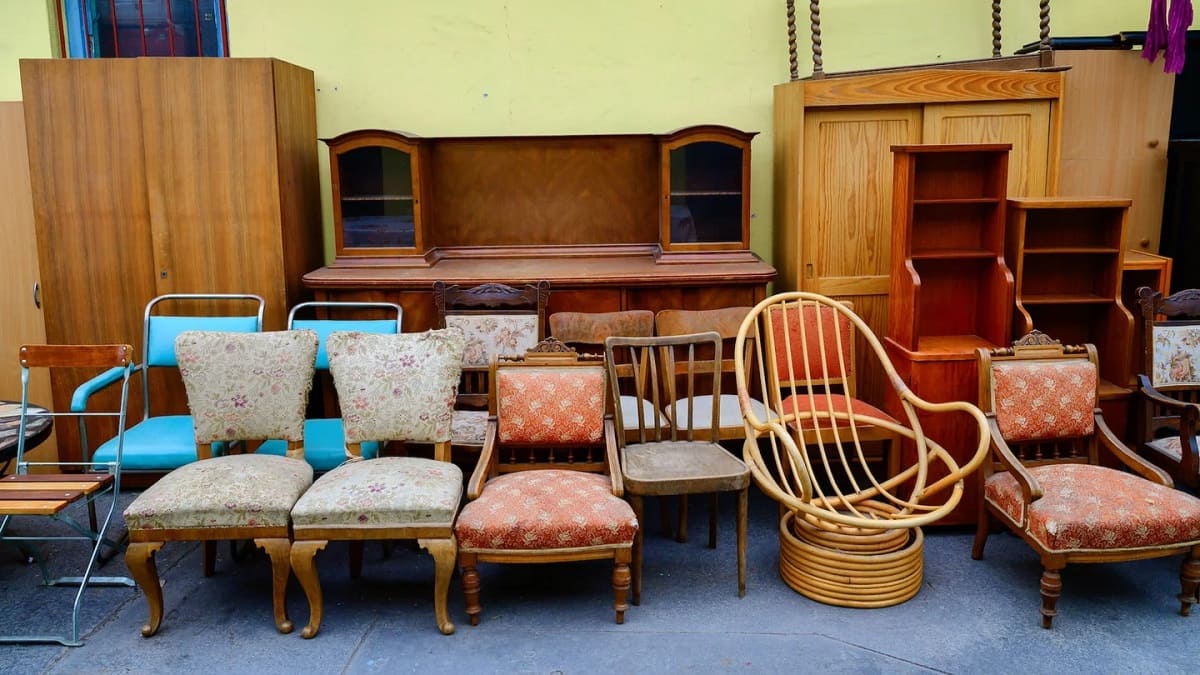
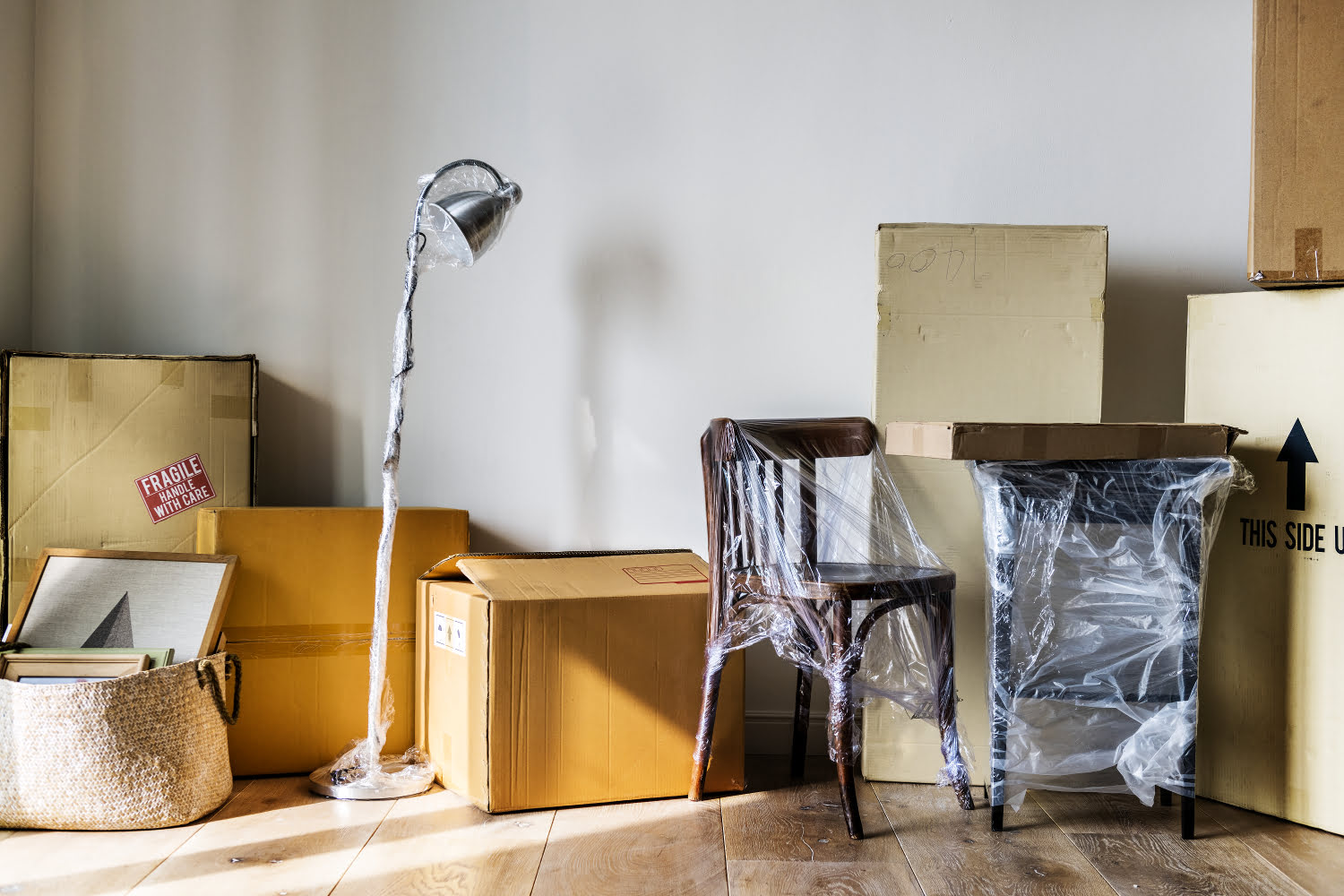
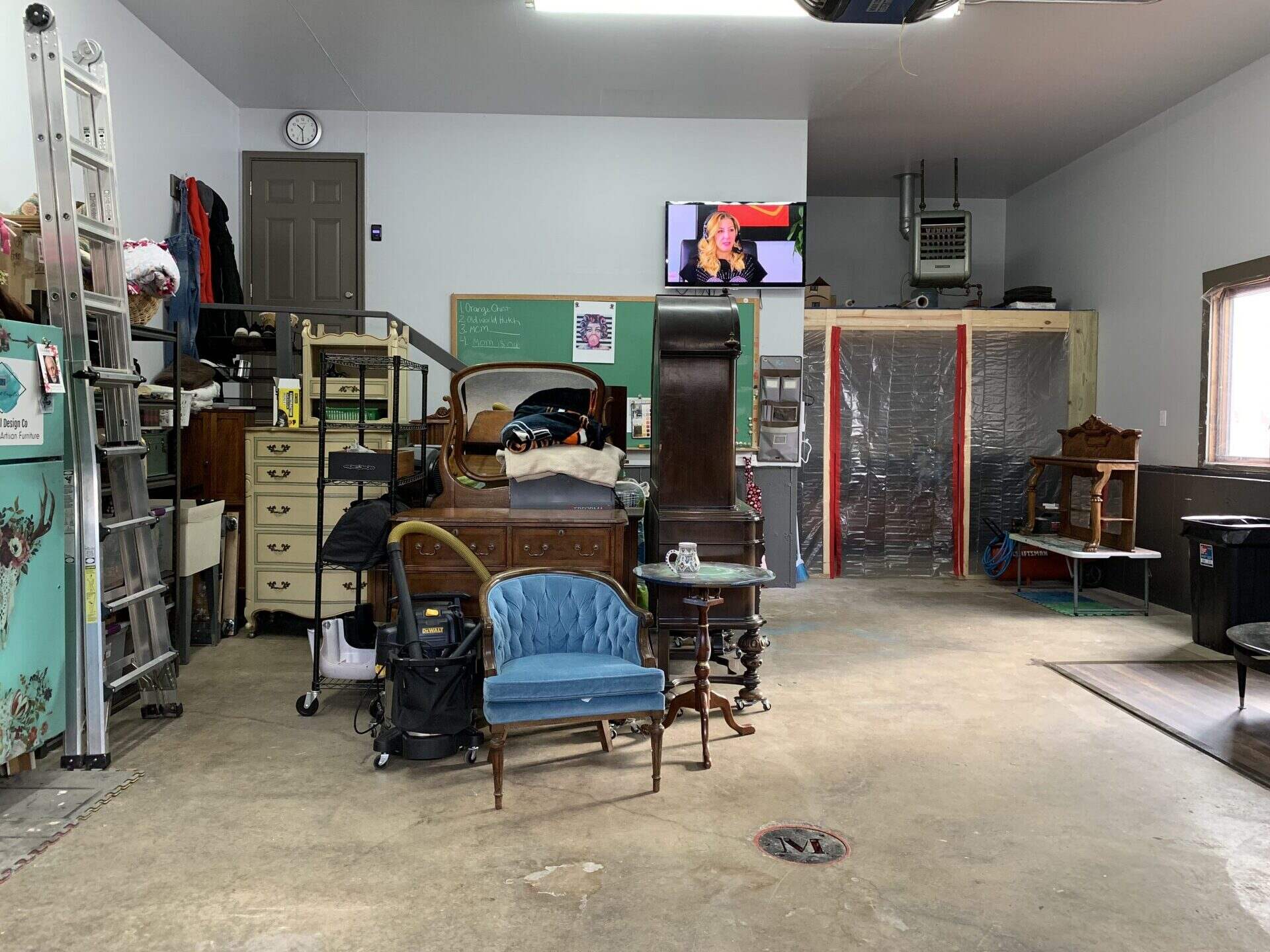
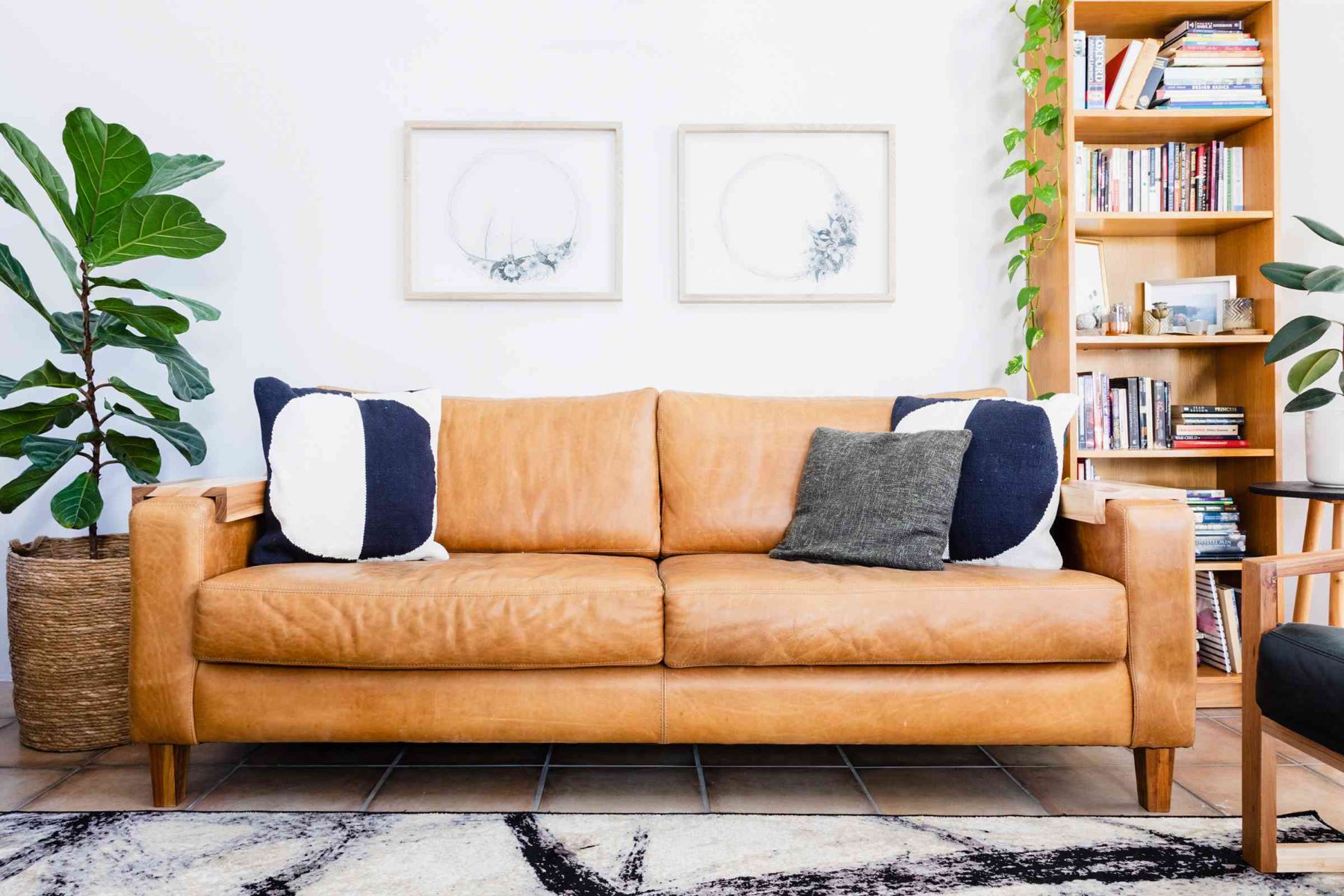
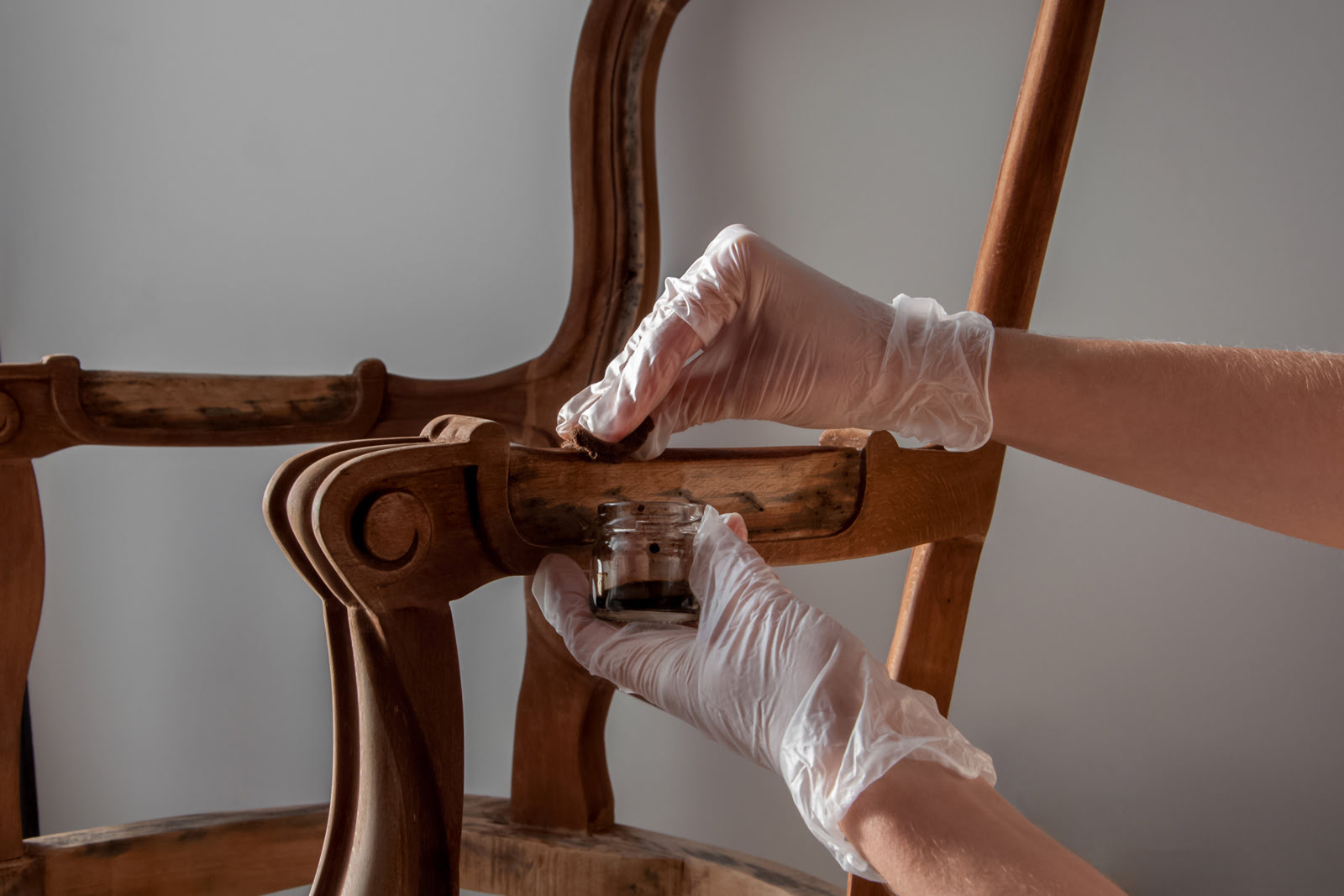
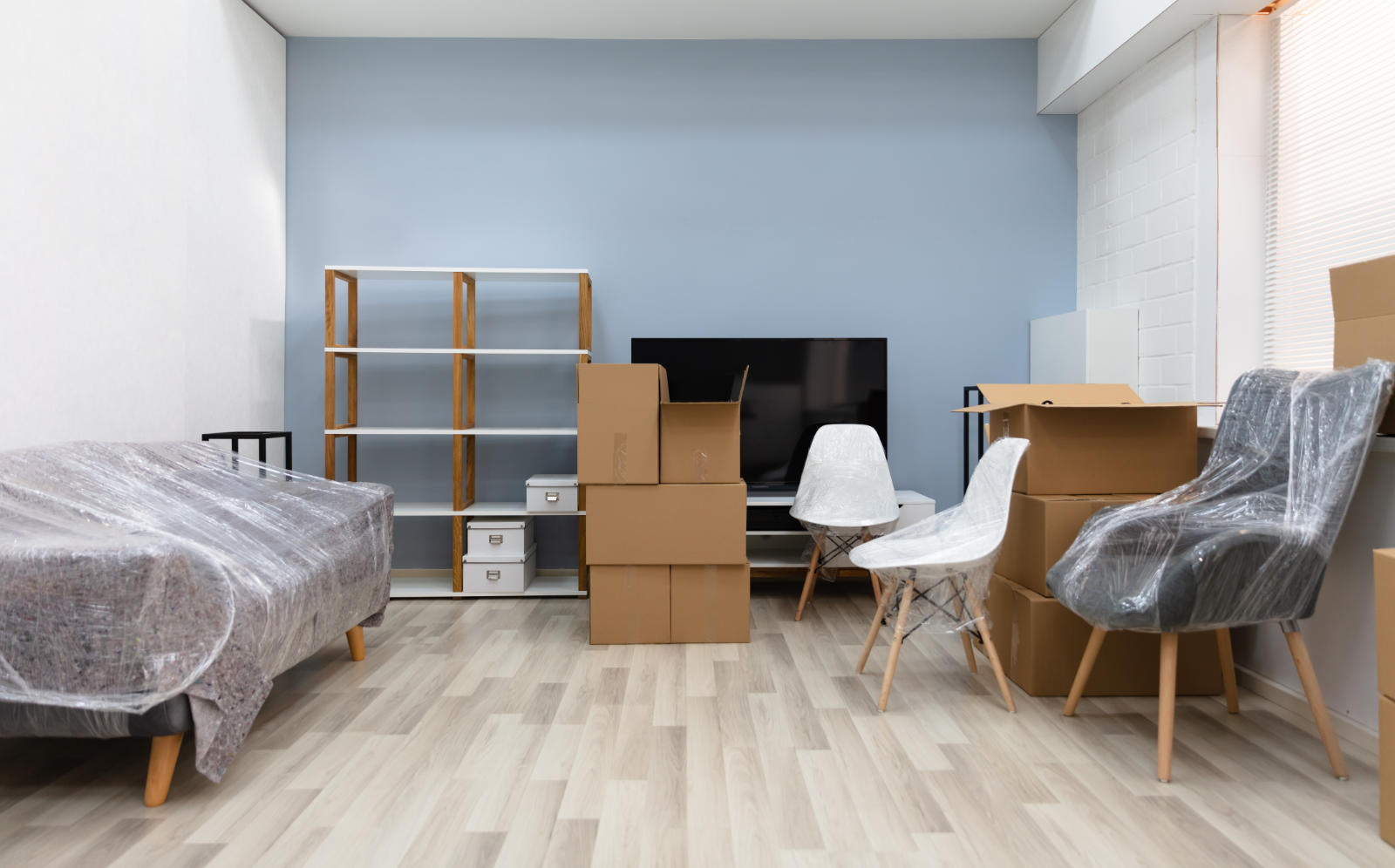


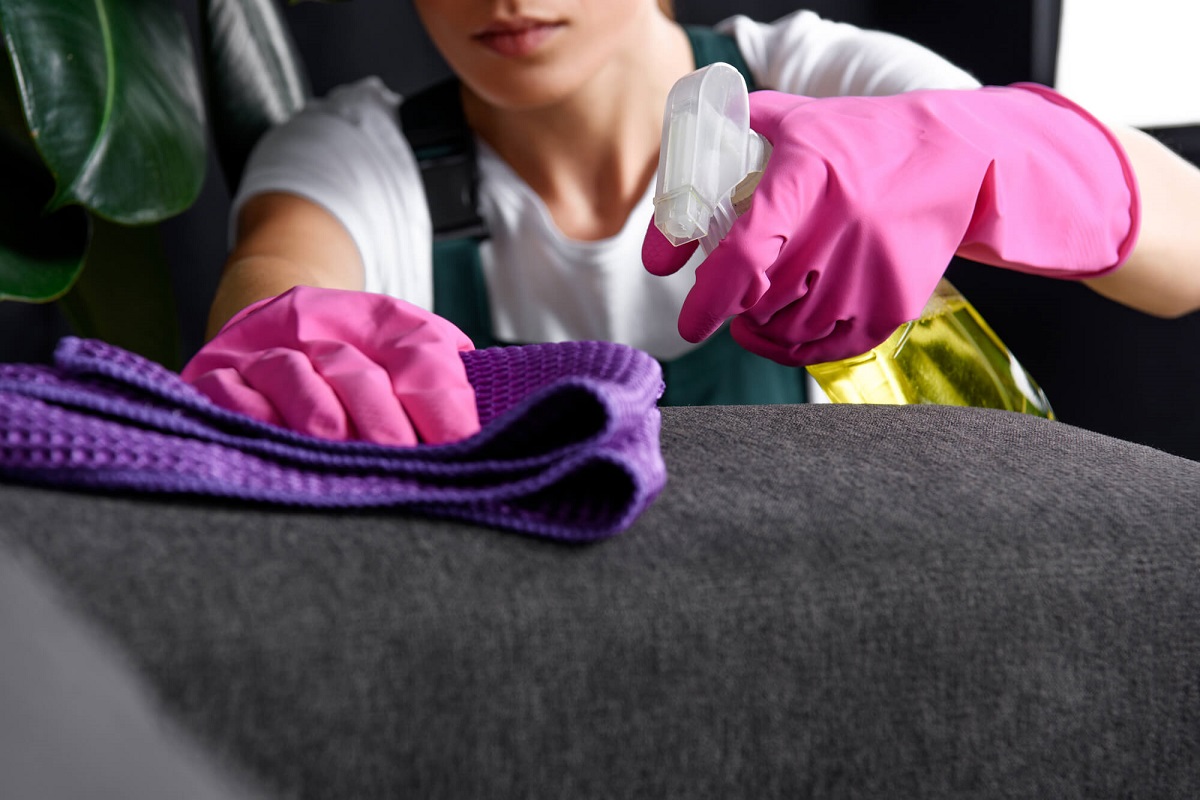
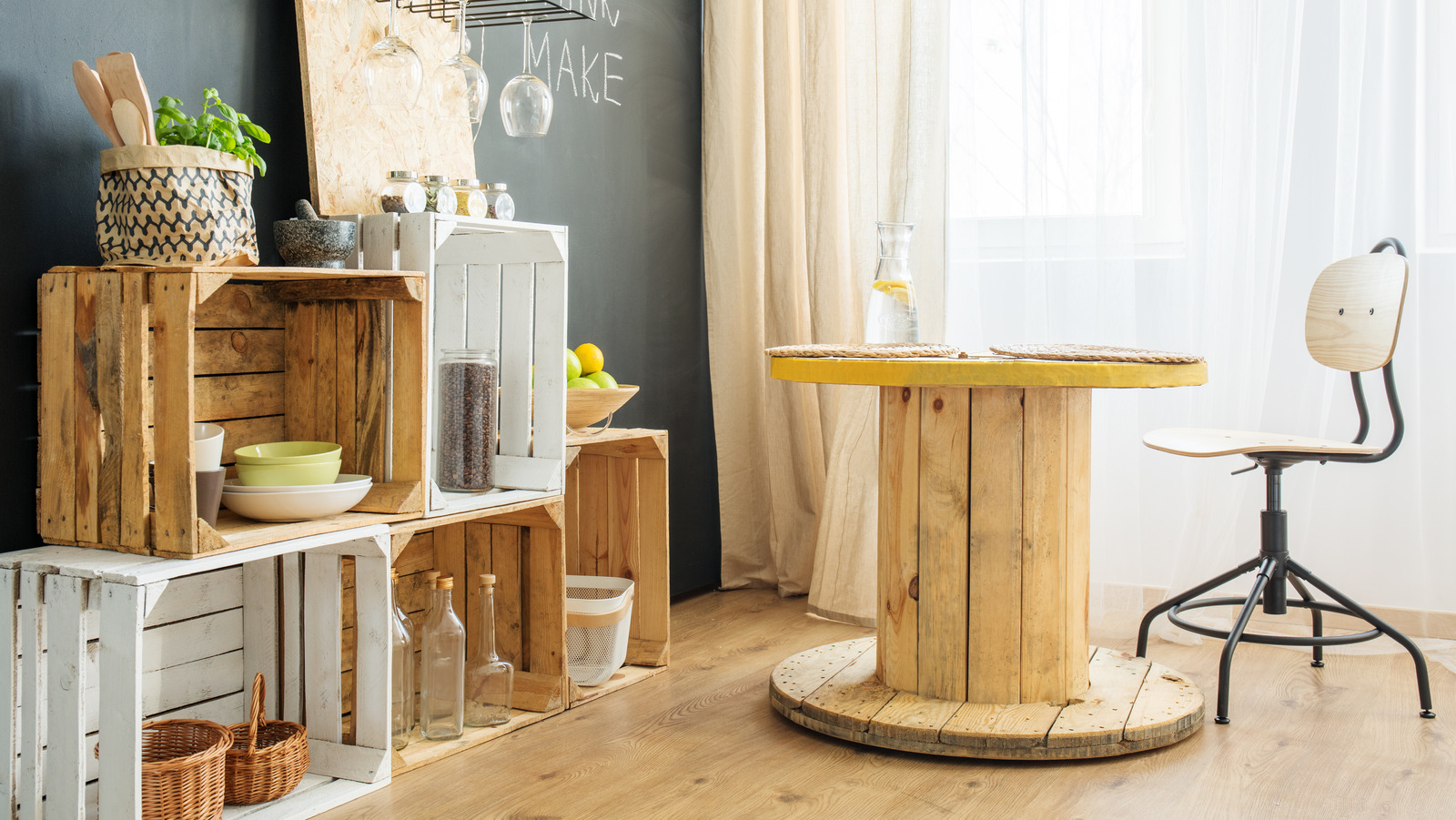
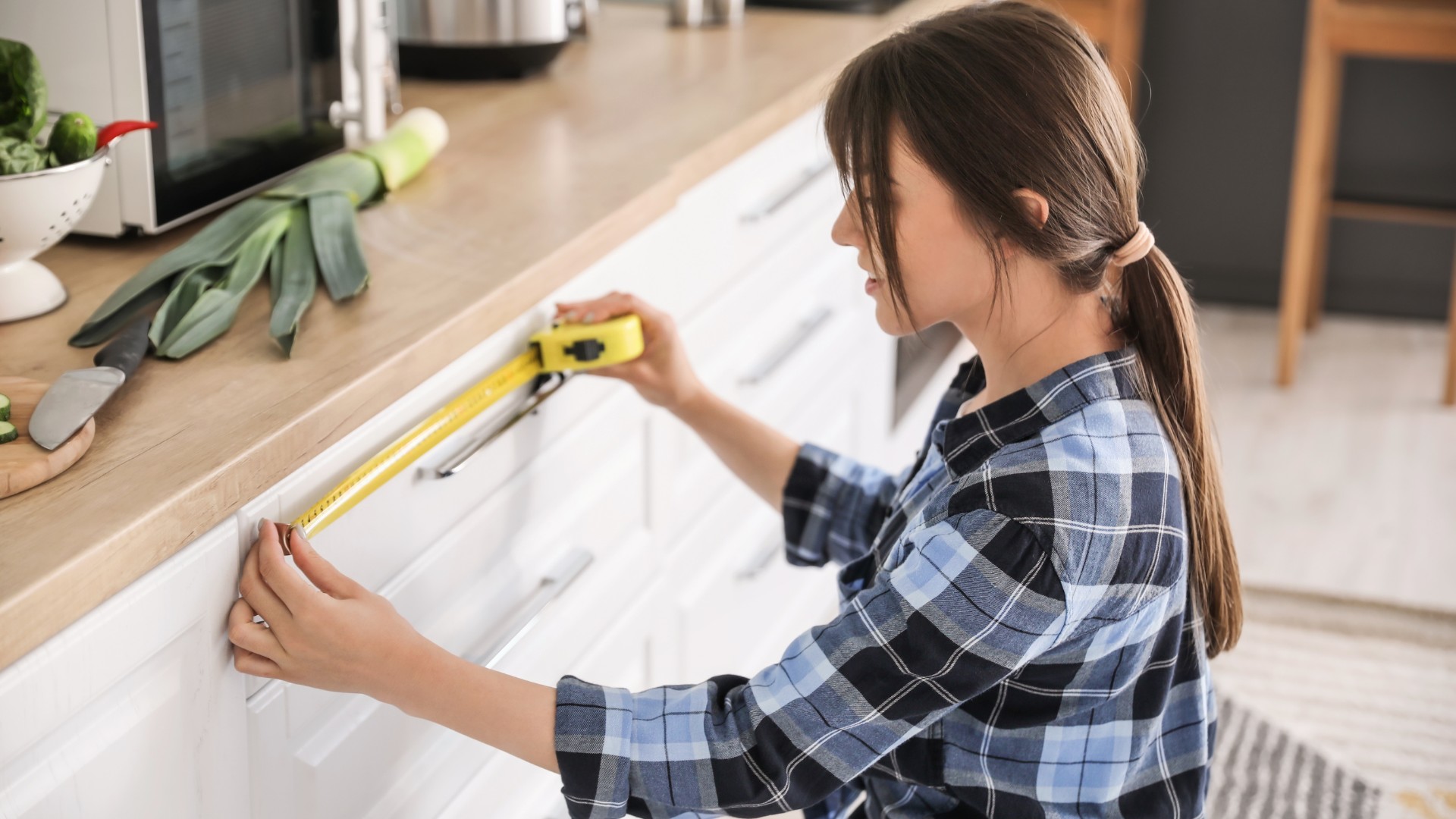
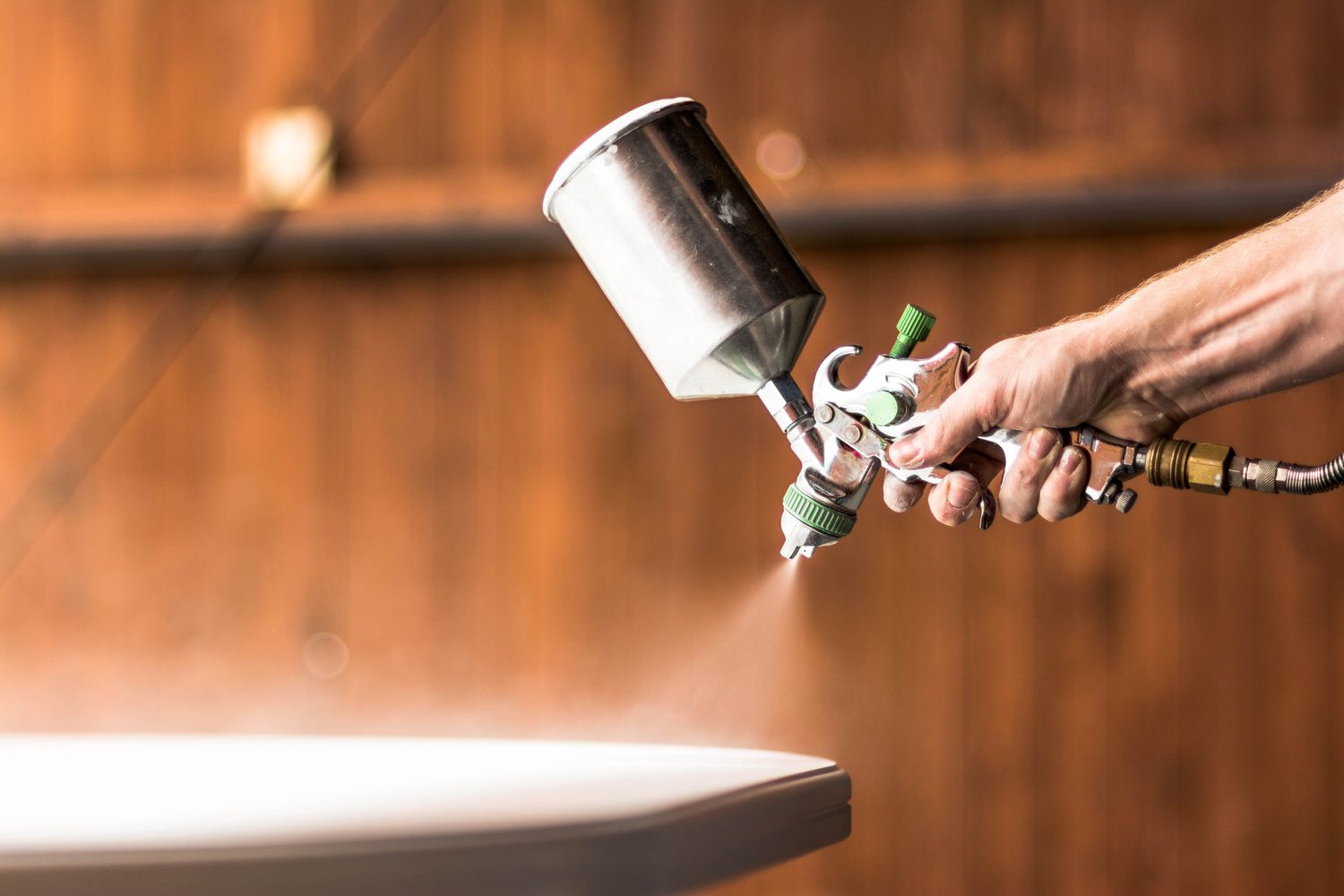


0 thoughts on “How To Store Furniture In Storage”